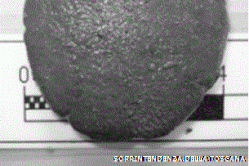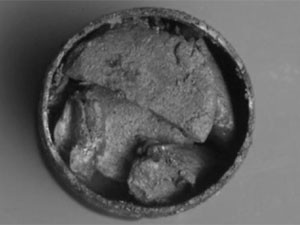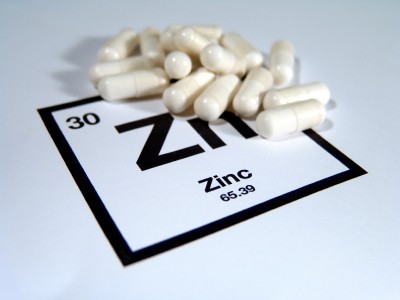2000-year-old food supplements found in Tuscan shipwreck

The zinc supplements were blended with animal and plant lipids, pine resin and are believed to be the oldest ever found. Starch, bees wax, charcoal, linen fibres, as well as pollen from olive, wheat and other plants was also detected.
They were preserved because they were sealed in oxygen-free ‘pyxis’ (metal tins) in the holds of the Pozzino, which sank near Tuscany around 130-140BC.
“The results of this work highlights the continuity, up to current days, in the use of of zinc carbonate and hydrocarbonate for the treatment of human diseases, especially in dermatologic and ophthalmic fields,” Gianna Giachi, one of the researchers from the Superintendence for the Archaeological Heritage of Tuscany, told us.
“Moreover, the research puts in evidence the care in the choice of the complex mixture of products - olive oil, pine resin, starch, line fibers – in order to get the desired therapeutic effect and to help in the preparation and application of the same medicine.”
“they were very well preserved…”
The 1-4cm supplements were first found in 1990 but are only now being properly examined via mass spectrometry with the findings presented at the National Academy of Sciences.
Another of the researchers, Maria Perla Colombini, professor of chemistry at the University of Pisa said she was, “surprised by the fact we have found so many ingredients and they were very well preserved considering it was under water for so much time".
Giachi said the use of zinc in medicines correlated with publications by Theophrastus (371-286 BC) in his Histora Plantarum and De Odoribus, and Pliny the Elder in Naturalis Historia” (first century AD) as well as Dioscorides in De Materia Medica (also first century AD).
“The shape of the tablets of Pozzino seems to be consistent with an ophthalmic use of the analysed product,” he relayed.
“The Latin name collyrium (eyewash), comes from the Greek name ҡоλλύρα which indicates small round loaves, which is precisely the shape of the Pozzino tablets.”
He said other ancient medical products included a granular gum found around 2000 years ago in London and a plant-based medical preparation near Pompeii in Italy.
Eyewashes in the form of cylindrical rods were found near Lyon, France, dated from the second century AD.














